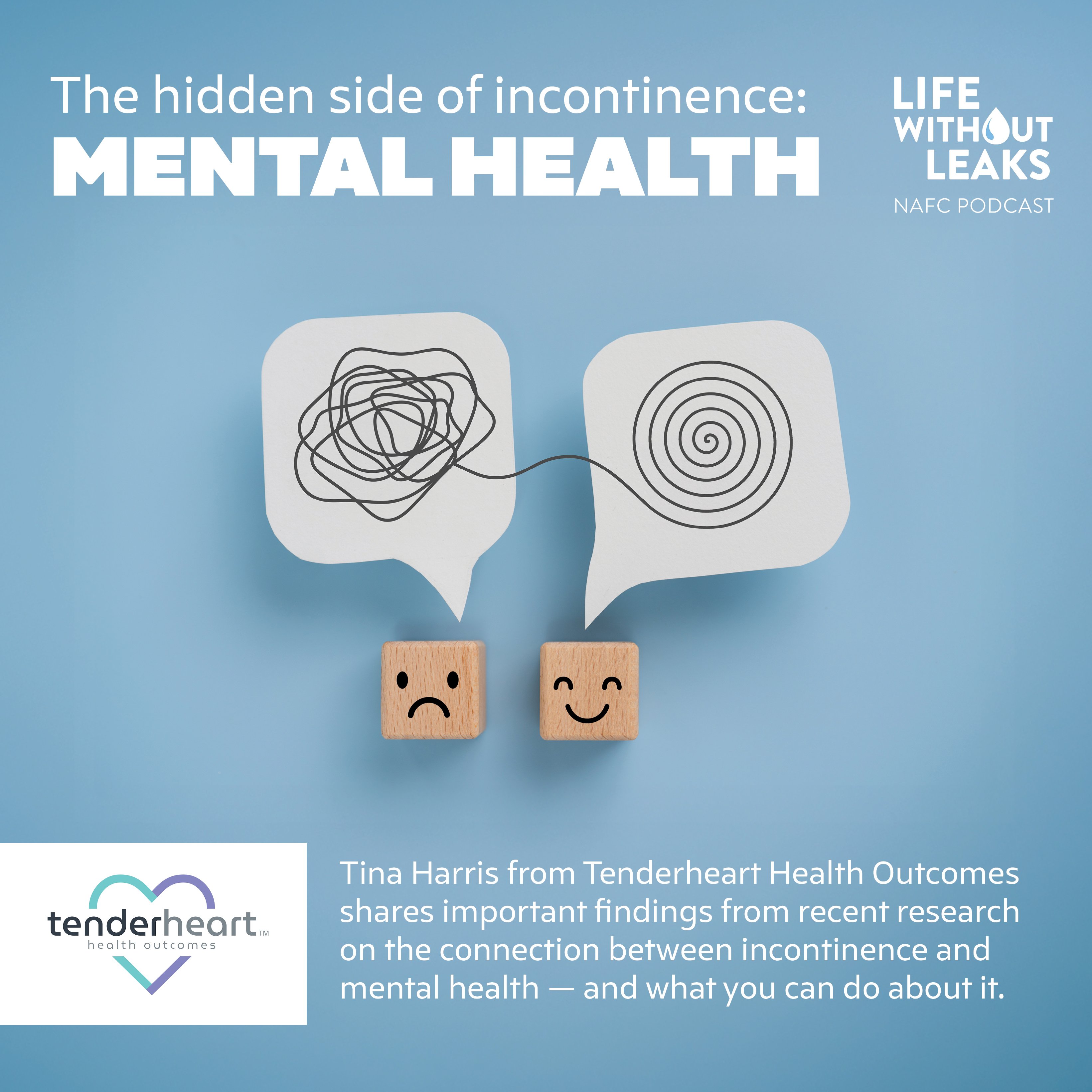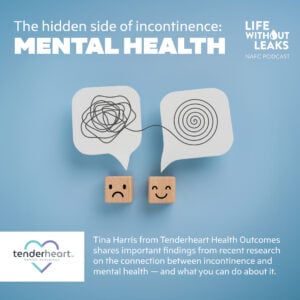Do you live with symptoms of Overactive Bladder (OAB)? The urgent, frequent need to go to the bathroom? If so, you’re not alone. Nearly 33 million Americans live with Overactive Bladder. And while it may not seem like a big deal to some, to those who live with the condition it can be frustrating and embarrassing – especially when those symptoms cause you to have an accident.
Throughout our series on OAB this month, we’ve been talking about different ways to manage OAB symptoms. You can try simple things like altering your diet, and adding in different types of exercise, but if you don’t see improvements with those steps, medication may be a good option for you.
How medication works to treat OAB
Overactive bladder is caused when the bladder muscles involuntarily contract. This makes you feel like you have to go to the bathroom, even if you just went, and can sometimes even cause leakage if you’re not able to make it in time. There are a few different types of medication to treat Overactive Bladder.
Anticholinergic drugs work by blocking the signal to your bladder that causes the contractions that create that urgent need to go RIGHT NOW! With the signal blocked the need to release urine is reduced so those many, urgent trips to the bathroom are lessened as well.
Beta-3 adrenergic drugs work by relaxing the smooth muscle that surrounds the bladder, which increases the bladder’s ability to hold more urine, meaning less trips to the bathroom.
Both of these types of medications have been shown to effectively treat Overactive Bladder, but some people can experience side effects, such as dry mouth, blurry vision, or constipation. Some of the medications also interact with other types of meds, so be sure to tell your doctor everything you’re taking.
Botox® injections for OAB
Botox® injections are also an option for treating Overactive Bladder. Injecting Botox, or onabotulinumtoxinA, into the bladder muscle blocks the nerve signal that triggers OAB, reducing the urgent need to urinate and the number of times you need to empty your bladder each day. A small percentage of people using botox have found the need to use a catheter if they experience urinary retention, and repeat injections may need to be performed.
For a list of the specific types of medications to treat OAB, click here.
If you’re living with symptoms of Overactive Bladder, like frequency and urgency, watch the below video about managing OAB with Medications, our 4th video in a series about treating Overactive Bladder. Then talk with your doctor to see if medications may be an option for you.
To watch our complete video series on managing Overactive Bladder, click here.











